Cobra Kai and the Science of Pressure Points: A Strike to Remember
Introduction
The resurgence of interest in martial arts over the past few decades owes much to popular culture, particularly television and film. Among the most noteworthy examples is “Cobra Kai,” a sequel series to the beloved 1984 film The Karate Kid. This show rekindles the rivalry between Johnny Lawrence and Daniel LaRusso while introducing a new generation to karate, its philosophies, and its techniques. One aspect central to many martial arts, including karate, is the concept of pressure points—specific areas on the body that can be struck to produce pain, disorientation, or incapacitation. This article will explore the intersection of Cobra Kai and the science behind pressure points.
The Cobra Kai Phenomenon
Cobra Kai premiered on YouTube Red in 2018 before moving to Netflix, attracting a diverse audience that includes both fans of the original movie and new viewers. The series is lauded for its character development, especially its nuanced portrayal of antagonists like Johnny and Daniel. Cobra Kai employs martial arts as a means of conflict resolution, personal growth, and exploration of ethical philosophies, making it more than just a thrilling action show.
While Cobra Kai emphasizes the physical aspects of karate, it also delves into the mental and emotional challenges associated with martial arts training. This multifaceted approach allows viewers to appreciate not just the striking techniques but the underlying principles that guide the characters.
The Origins of Pressure Points
Pressure points have a rich history in various martial arts, with roots tracing back to ancient practices. These points, often associated with traditional Chinese medicine, are referred to as “acupoints” in acupuncture. Each point corresponds to specific organs or systems in the body and can be manipulated to promote healing or elicit pain.
In martial arts, striking pressure points can incapacitate an opponent with minimal force. Techniques utilizing pressure points exist in various forms, including traditional karate, judo, and tai chi, among others. Practitioners believe that targeting these points can yield powerful effects due to the body’s physiological response to pain and pressure.
The Science Behind Pressure Points
The effectiveness of pressure points can be explained by various physiological principles:
1. Neuroanatomy
Pressure points correspond to clusters of nerve endings, resulting in heightened sensitivity. Stimulating these areas can lead to immediate pain or discomfort, allowing a martial artist to incapacitate an opponent effectively. For instance, the temple area is rich in nerve endings; a well-placed strike can cause disorientation or even unconsciousness.
2. The Pain Gate Control Theory
This theory suggests that non-painful input (like a pressure point strike) can close the “gates” to painful input in the nervous system. By striking a pressure point, a martial artist may effectively distract an opponent’s neurological response to pain, allowing them to capitalize on this brief moment of vulnerability.
3. Release of Endorphins
Striking pressure points can sometimes lead to the release of endorphins, the body’s natural painkillers. This physiological reaction can amplify the effect of the initial strike, creating a feedback loop that mobilizes both pain and relaxation.
4. Kinesiology
The study of body movement, or kinesiology, offers insights into how pressure points interact with body mechanics. Understanding the posture, balance, and movement of an opponent can enhance the effectiveness of strikes aimed at these vulnerable locations.
Pressure Points in Cobra Kai: Techniques Explored
1. The Jaw Point
One of the most recognizable pressure points in martial arts is the jaw. Located beneath the jawbone, a strike to this area can disrupt the flow of neurological signals, leading to a significant reduction in an opponent’s capacity to continue fighting. Characters in Cobra Kai occasionally demonstrate methods that effectively target the jaw, emphasizing the striking accuracy and timing vital in karate.
2. The Solar Plexus
Another crucial pressure point is the solar plexus, located at the base of the rib cage. A well-timed strike to this area can disrupt breath and incapacitate an opponent. The show illustrates the importance of precision and control, highlighting how mastering techniques allows a warrior to execute strikes effectively.
3. The Temple
A strike to the temple can lead to immediate disorientation or unresponsiveness. In Cobra Kai, scenes involving confrontations often dramatize such techniques. The series highlights the ethical dilemmas surrounding the use of dangerous techniques, raising questions about responsibility and the consequences of violence.
The Ethical Implications of Martial Arts
As demonstrated in Cobra Kai, karate is not merely about physical prowess but also about ethical decision-making and personal growth. The series grapples with moral complexities, emphasizing that mastery of techniques should be paired with a deep understanding of their potential consequences.
The Philosophy of “Strike First”
The Cobra Kai motto, “Strike First, Strike Hard, No Mercy,” encapsulates a hyper-aggressive approach to martial arts. This philosophy is put to the test throughout the series, as characters grapple with the human cost of their actions. Whereas pressure points can be utilized for incapacitation, the ethical ramifications of their use cannot be ignored.
Balancing Power and Responsibility
Characters like Johnny Lawrence and Daniel LaRusso exemplify the delicate balance between power and responsibility. While one might have the physical skills to exploit pressure points effectively, choosing not to do so is also a learned skill. The importance of self-restraint, humility, and the responsibility that comes with martial arts training is an ever-present theme in the series.
Techniques for Mastering Pressure Points
For those interested in martial arts, understanding and mastering pressure points requires dedicated practice. Here are some steps and techniques outlined by experienced instructors:
1. Study Anatomy
Understanding the human body and the location of various pressure points is essential. Learning about the nervous system, muscle structure, and pain pathways can provide valuable insights into how to deploy techniques effectively.
2. Controlled Sparring
Engaging in controlled sparring sessions with a partner helps practitioners learn how to execute strikes safely. Practicing with caution allows martial artists to refine their techniques and understand the application of pressure points under duress.
3. Visualization Techniques
Martial artists are often encouraged to visualize the points they intend to strike. This mental rehearsal can enhance accuracy and timing.
4. Pressure Application Practicing
Practicing how much pressure to apply is crucial. Striking too hard can lead to unintended injuries, while striking too softly may not be effective. Controlled drills help develop an intuitive sense of how much force is appropriate.
5. Ethical Consideration
It is crucial to consider the ethical implications of using pressure points. Engaging in discussions about responsibility and self-defense can guide practitioners toward a more responsible approach.
Popularity of Cobra Kai: The Broader Impact
Cobra Kai has significantly impacted how martial arts are perceived, encouraging viewers to appreciate not only the physicality but also the underlying philosophies and ethical dimensions. It has reignited interest in karate, leading to increased enrollment in martial arts schools worldwide.
Bridging Generational Gaps
The series serves as a bridge between generations, enabling older fans of The Karate Kid to share their experiences with younger audiences. As viewers discuss themes of rivalry, redemption, and morality, they create a shared understanding that transcends age.
The Role of Community
Martial arts communities often emphasize support and personal growth. Cobra Kai showcases the importance of community, turning antagonistic rivalries into opportunities for personal development. This underscores the idea that martial arts, including techniques involving pressure points, are best practiced in an environment of mutual respect.
Expanding Cultural Awareness
Cobra Kai also serves to familiarize audiences with Asian martial arts culture. While the series explores different martial arts traditions, it encourages viewers to recognize the value of discipline, respect, and humility that lie at the core of these practices.
Conclusion
Cobra Kai presents a captivating blend of drama, nostalgia, and martial arts, while educating viewers about the science and philosophy behind techniques such as striking pressure points. By exploring both the physical and ethical dimensions of martial arts, the series invites us to reflect on the responsibilities that come with power and the importance of harnessing skills for personal growth and self-improvement.
The complexity of martial arts is beautifully captured in Cobra Kai, reminding us that a single strike aimed at a pressure point is not just about winning a fight—it’s about the wisdom and restraint that comes from understanding what it means to be a martial artist. As such, the series serves not only as entertainment but as a broad-reaching platform for discussing deeper life principles.

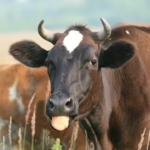


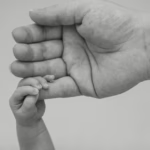
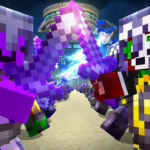









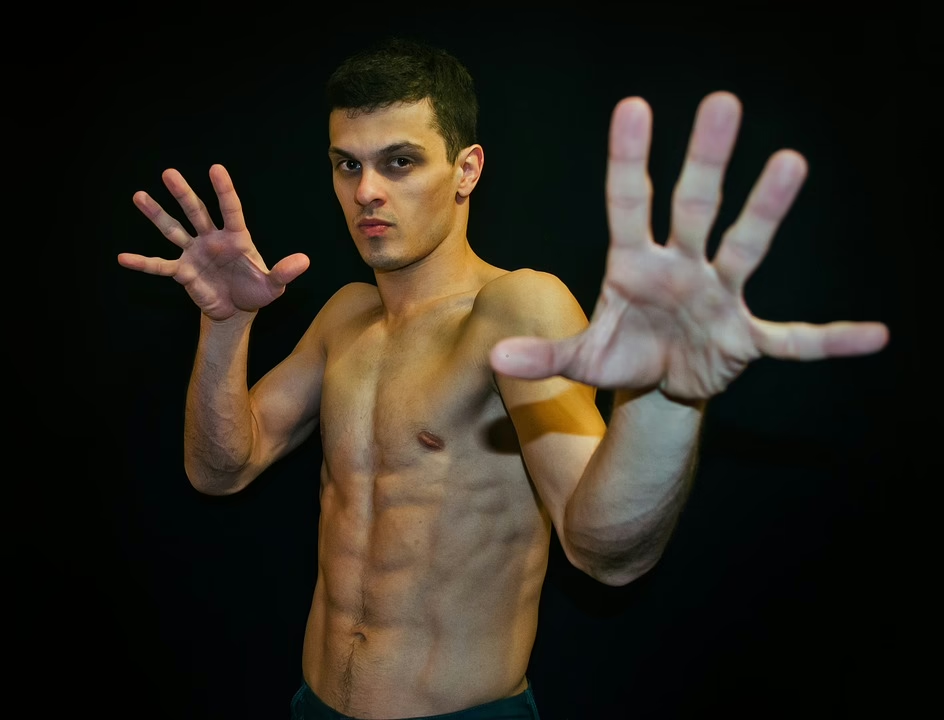
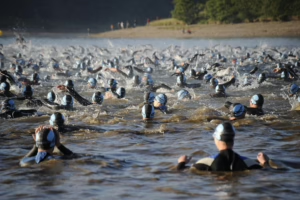

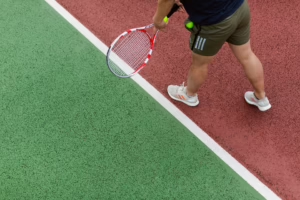
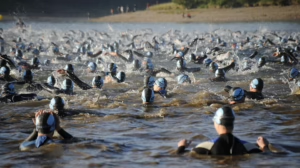

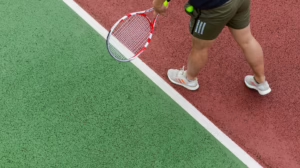




Add Comment